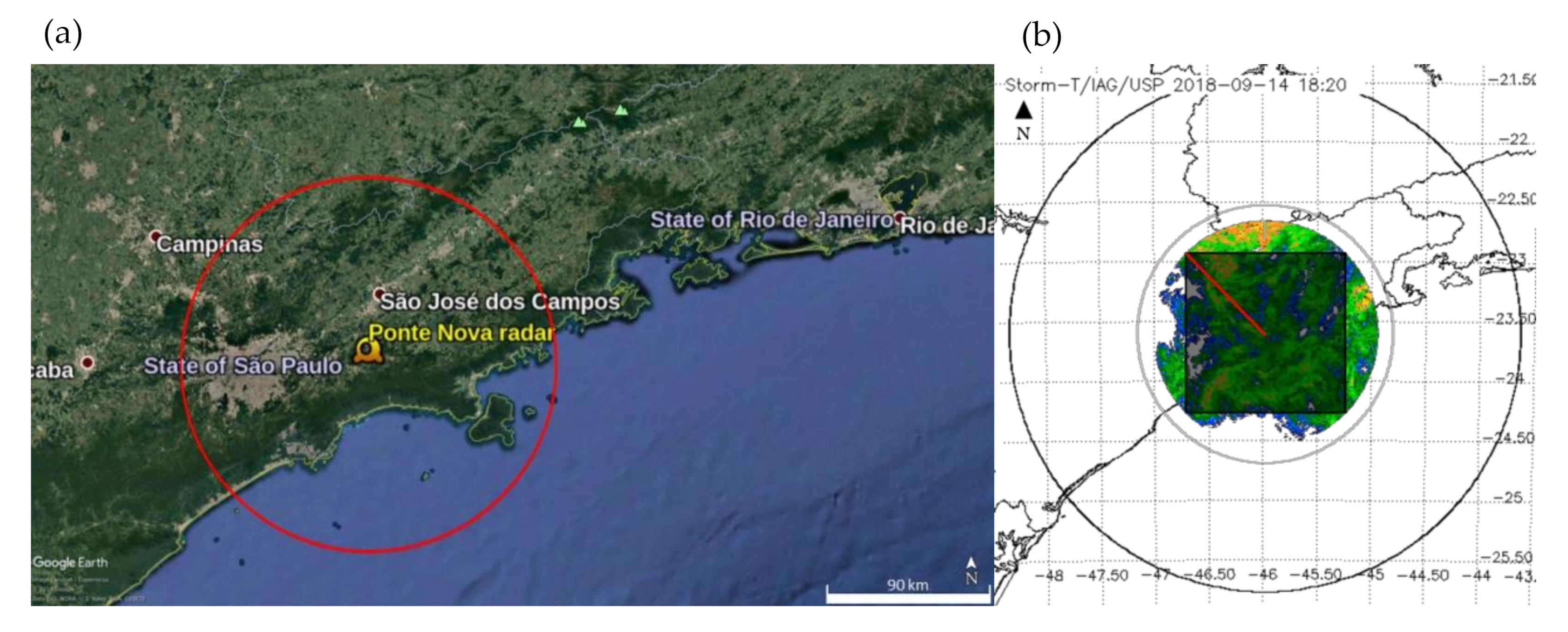

An electronic device called a radio transmitter applies oscillating electric current to the antenna, and the antenna radiates the power as radio waves. They are produced artificially by time-varying electric currents, consisting of electrons flowing back and forth in a specially-shaped metal conductor called an antenna. Radio waves are radiated by charged particles when they are accelerated. The oscillating currents (black arrows) flow down the transmission line and through the receiver (represented by the resistance R). Since the length of the antenna is one half the wavelength of the wave, the oscillating field induces standing waves of voltage ( V, represented by red band) and current in the rods. The electric field ( E, green arrows) of the incoming wave pushes the electrons in the rods back and forth, charging the ends alternately positive (+) and negative (−). The antenna consists of two metal rods connected to a receiver R. The modern term " radio wave" replaced the original name " Hertzian wave" around 1912.Īnimated diagram of a half-wave dipole antenna receiving a radio wave. Radio communication began to be used commercially around 1900. He received the 1909 Nobel Prize in physics for his radio work. Italian inventor Guglielmo Marconi developed the first practical radio transmitters and receivers around 1894–1895. In 1887, German physicist Heinrich Hertz demonstrated the reality of Maxwell's electromagnetic waves by experimentally generating radio waves in his laboratory, showing that they exhibited the same wave properties as light: standing waves, refraction, diffraction, and polarization. Maxwell proposed that light consisted of electromagnetic waves of very short wavelength. His mathematical theory, now called Maxwell's equations, predicted that a coupled electric and magnetic field could travel through space as an " electromagnetic wave". Radio waves were first predicted by mathematical work done in 1867 by Scottish mathematical physicist James Clerk Maxwell. The radio spectrum is divided into a number of radio bands on the basis of frequency, allocated to different uses. To prevent interference between different users, the artificial generation and use of radio waves is strictly regulated by law, coordinated by an international body called the International Telecommunication Union (ITU), which defines radio waves as " electromagnetic waves of frequencies arbitrarily lower than 3,000 GHz, propagated in space without artificial guide". Different frequencies of radio waves have different propagation characteristics in the Earth's atmosphere long waves can diffract around obstacles like mountains and follow the contour of the earth ( ground waves), shorter waves can reflect off the ionosphere and return to earth beyond the horizon ( skywaves), while much shorter wavelengths bend or diffract very little and travel on a line of sight, so their propagation distances are limited to the visual horizon. Radio waves are very widely used in modern technology for fixed and mobile radio communication, broadcasting, radar and radio navigation systems, communications satellites, wireless computer networks and many other applications. Radio waves are generated artificially by transmitters and received by radio receivers, using antennas. Naturally occurring radio waves are emitted by lightning and astronomical objects, and are part of the blackbody radiation emitted by all warm objects.

Radio waves are generated by charged particles undergoing acceleration, such as time-varying electric currents. Like all electromagnetic waves, radio waves in a vacuum travel at the speed of light, and in the Earth's atmosphere at a close, but slightly lower speed. At 300 GHz, the corresponding wavelength is 1 mm (shorter than a grain of rice) at 30 Hz the corresponding wavelength is 10,000 km (longer than the radius of the Earth). Radio waves have frequencies as high as 300 gigahertz ( GHz) to as low as 30 hertz ( Hz). Radio waves are a type of electromagnetic radiation with wavelengths in the electromagnetic spectrum longer than infrared radiation. In this animation the action is shown slowed down enormously. Loops of electric field leave the antenna and travel away at the speed of light these are the radio waves. The transmitter applies an alternating electric current to the rods, which charges them alternately positive (+) and negative (−). The antenna in the center is two vertical metal rods connected to a radio transmitter (not shown).

Animation of a half-wave dipole antenna radiating radio waves, showing the electric field lines.


 0 kommentar(er)
0 kommentar(er)
